أفضل كاميرا للتصوير الرياضي والحياة البرية لعام ٢٠٢٣
Best Camera for Sports and Wildlife Photography in 2023
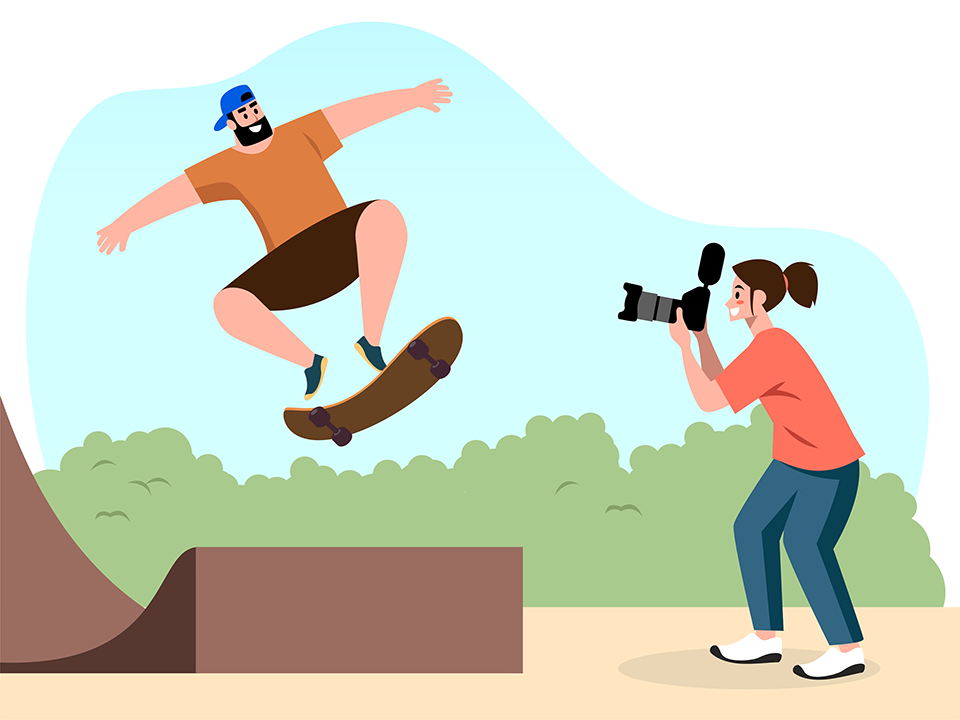
If you are into sports and wildlife photography, you might be wondering which camera is the best for these two genres today. Without a doubt, action photography can be challenging even for the most expensive cameras on the market, since it has very specific requirements. Action cameras need fast autofocus systems, fast continuous shooting speeds, minimum blackout, large camera buffers, extensive weather sealing, solid build quality, and the intelligence to be able to identify and stay locked onto a subject.
In this article, we decided to compile a list of top cameras we recommend for sports and wildlife photography needs. It is important to note that every single tool in the list below has been tested extensively by our team members, so we only provide recommendations based on our real-world experience

إذا كنت من محبي تصوير الألعاب الرياضية والحياة البرية، فقد تتساءل عن الكاميرا الأفضل لهذين النوعين اليوم. لا شك أن التصوير الفوتوغرافي للحركة يمكن أن يمثل تحديًا حتى بالنسبة لأغلى الكاميرات في السوق، نظرًا لأن له متطلبات محددة للغاية. تحتاج كاميرات الحركة إلى أنظمة ضبط تلقائي للصورة سريعة، وسرعات تصوير مستمرة سريعة، والحد الأدنى من التعتيم، ومخازن مؤقتة كبيرة للكاميرا، وختم شامل للطقس، وجودة بناء قوية، وذكاء لتتمكن من تحديد الهدف والبقاء مقيدًا عليه.
في هذه المقالة، قررنا تجميع قائمة بأفضل الكاميرات التي نوصي بها لتلبية احتياجات تصوير الألعاب الرياضية والحياة البرية. من المهم ملاحظة أن كل أداة في القائمة أدناه تم اختبارها على نطاق واسع من قبل أعضاء فريقنا، لذلك نحن نقدم فقط توصيات بناءً على تجريتنا الواقعية.
Best Camera for Sports and Wildlife Photography in 2023

If you are into sports and wildlife photography, you might be wondering which camera is the best for these two genres today. Without a doubt, action photography can be challenging even for the most expensive cameras on the market, since it has very specific requirements. Action cameras need fast autofocus systems, fast continuous shooting speeds, minimum blackout, large camera buffers, extensive weather sealing, solid build quality, and the intelligence to be able to identify and stay locked onto a subject.
In this article, we decided to compile a list of top cameras we recommend for sports and wildlife photography needs. It is important to note that every single tool in the list below has been tested extensively by our team members, so we only provide recommendations based on our real-world experience

إذا كنت من محبي تصوير الألعاب الرياضية والحياة البرية، فقد تتساءل عن الكاميرا الأفضل لهذين النوعين اليوم. لا شك أن التصوير الفوتوغرافي للحركة يمكن أن يمثل تحديًا حتى بالنسبة لأغلى الكاميرات في السوق، نظرًا لأن له متطلبات محددة للغاية. تحتاج كاميرات الحركة إلى أنظمة ضبط تلقائي للصورة سريعة، وسرعات تصوير مستمرة سريعة، والحد الأدنى من التعتيم، ومخازن مؤقتة كبيرة للكاميرا، وختم شامل للطقس، وجودة بناء قوية، وذكاء لتتمكن من تحديد الهدف والبقاء مقيدًا عليه.
في هذه المقالة، قررنا تجميع قائمة بأفضل الكاميرات التي نوصي بها لتلبية احتياجات تصوير الألعاب الرياضية والحياة البرية. من المهم ملاحظة أن كل أداة في القائمة أدناه تم اختبارها على نطاق واسع من قبل أعضاء فريقنا، لذلك نحن نقدم فقط توصيات بناءً على تجريتنا الواقعية.

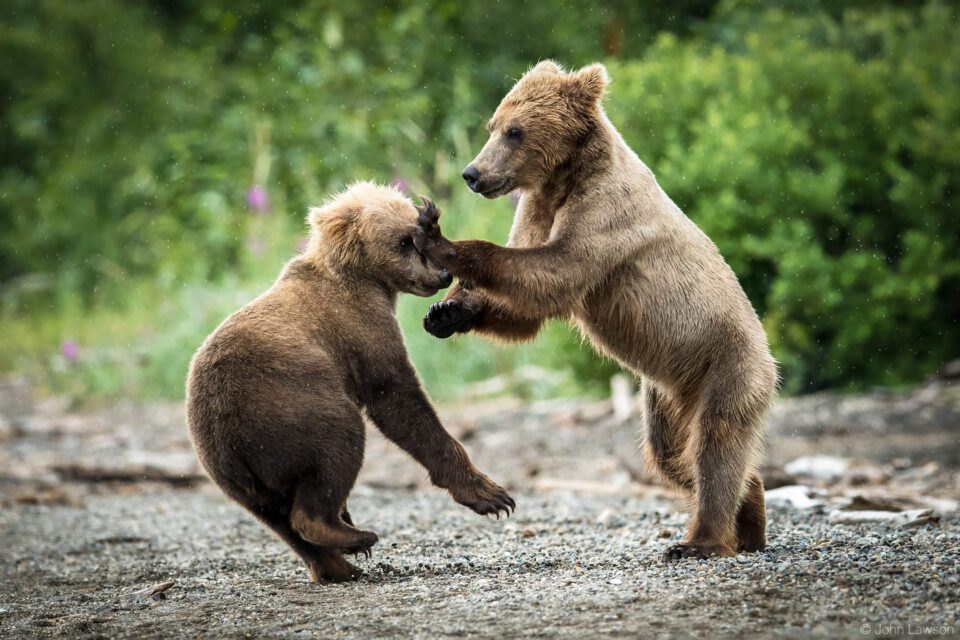
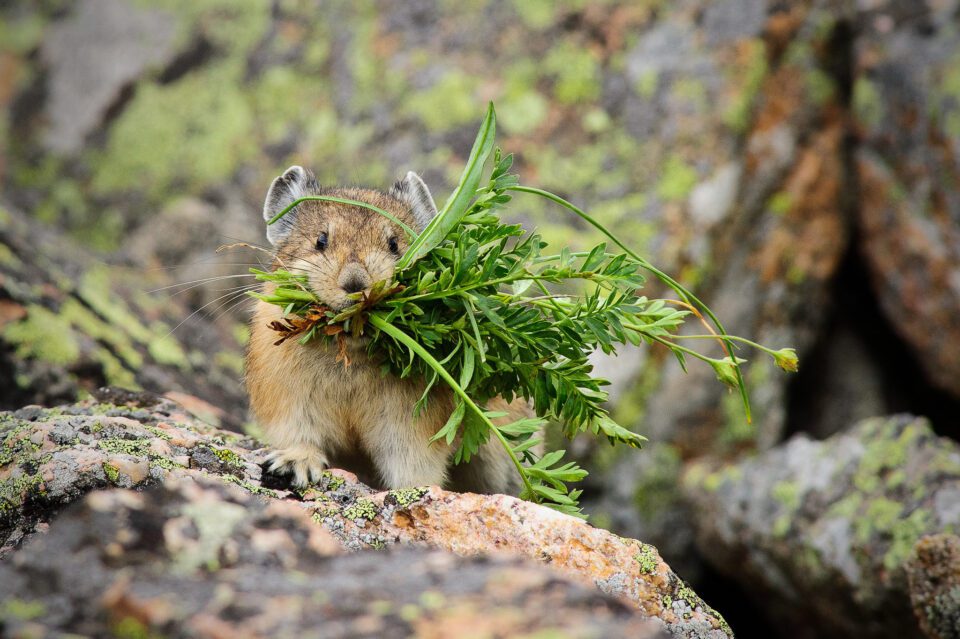
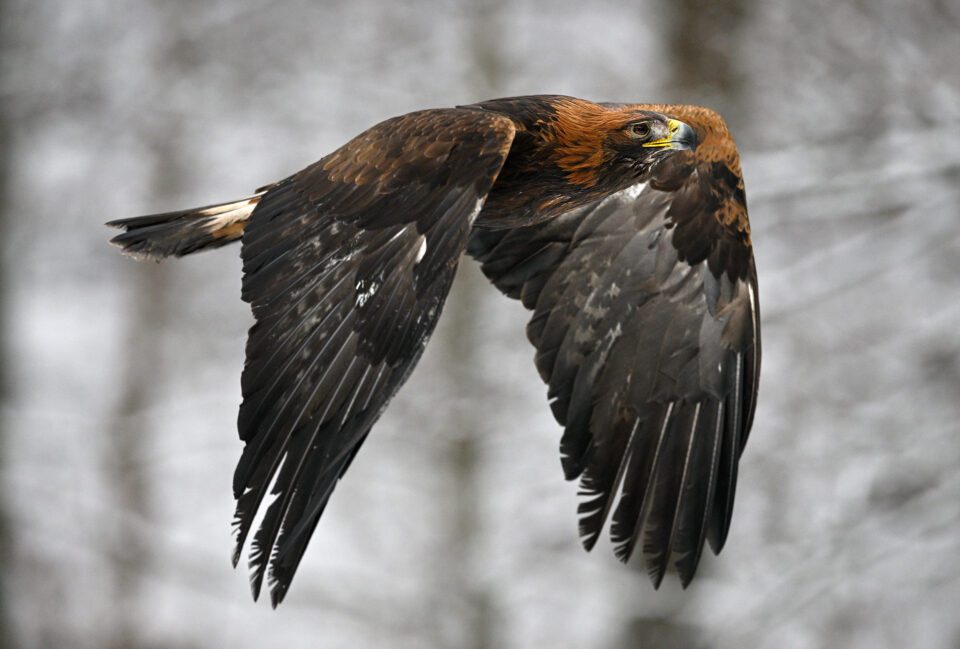
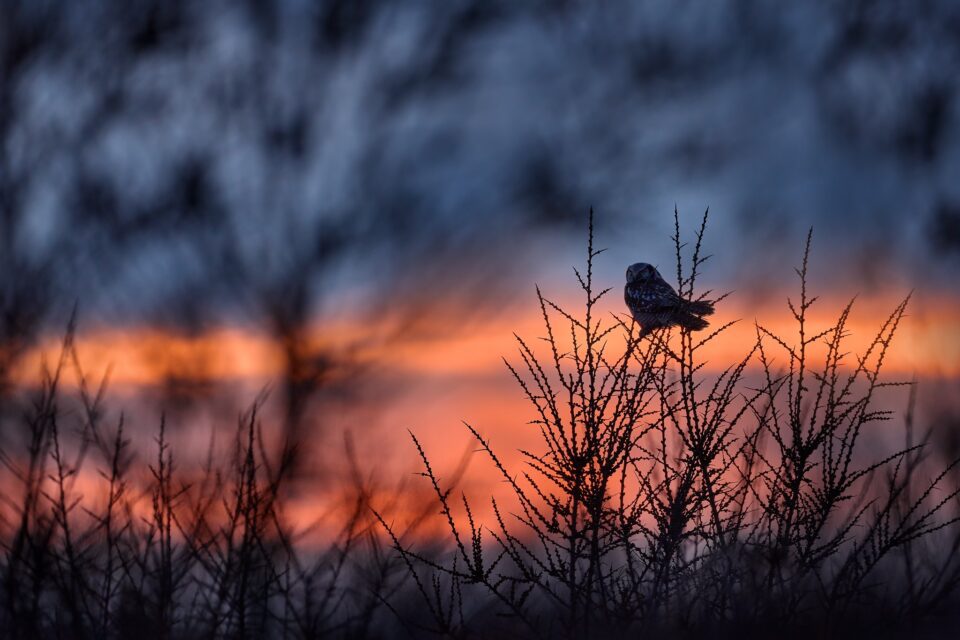
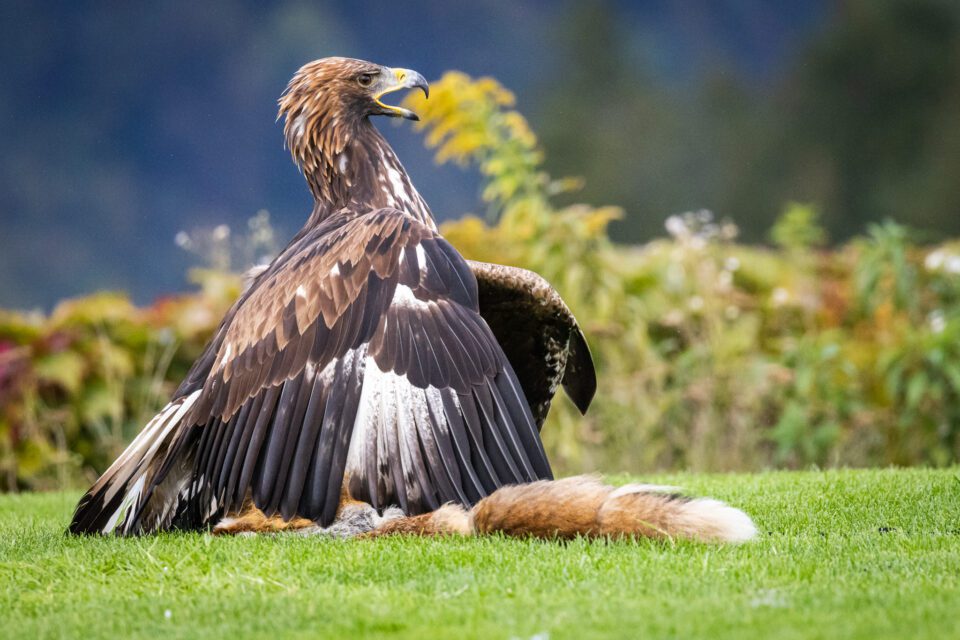
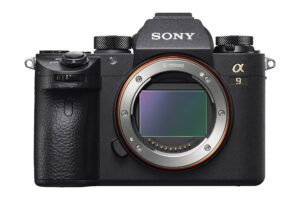
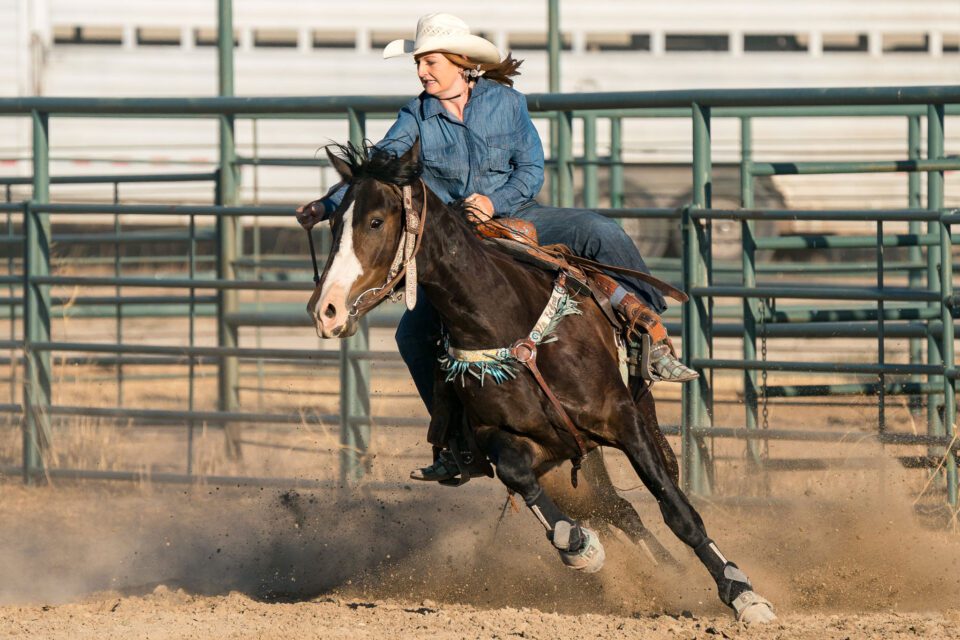
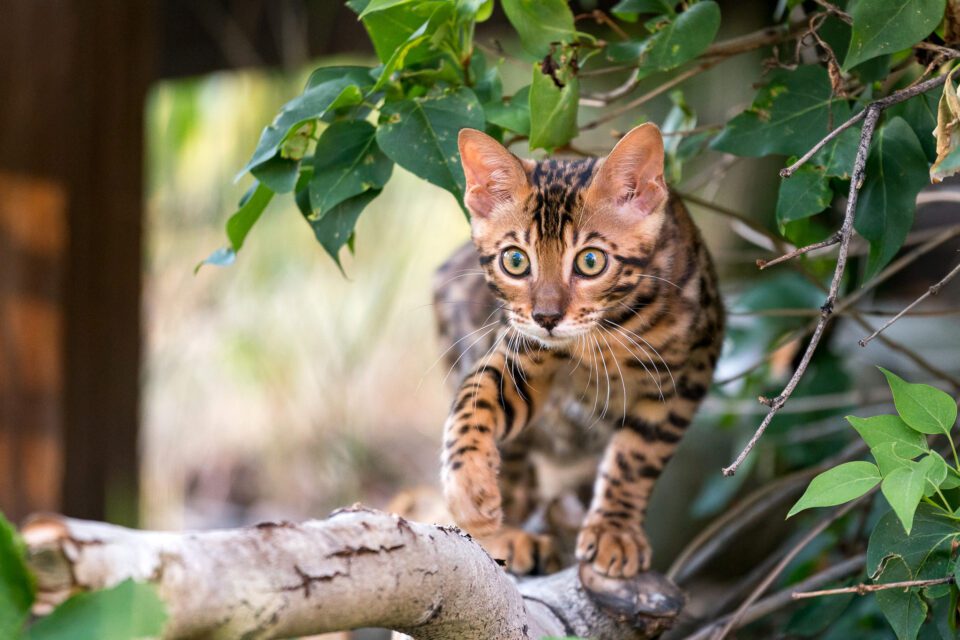
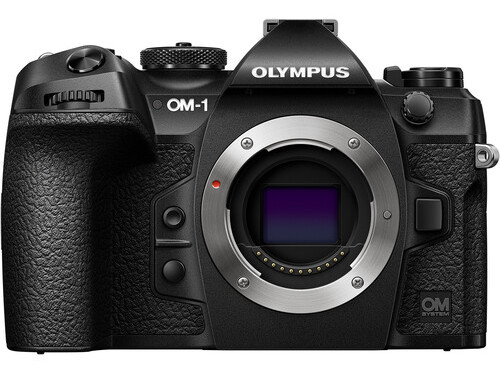
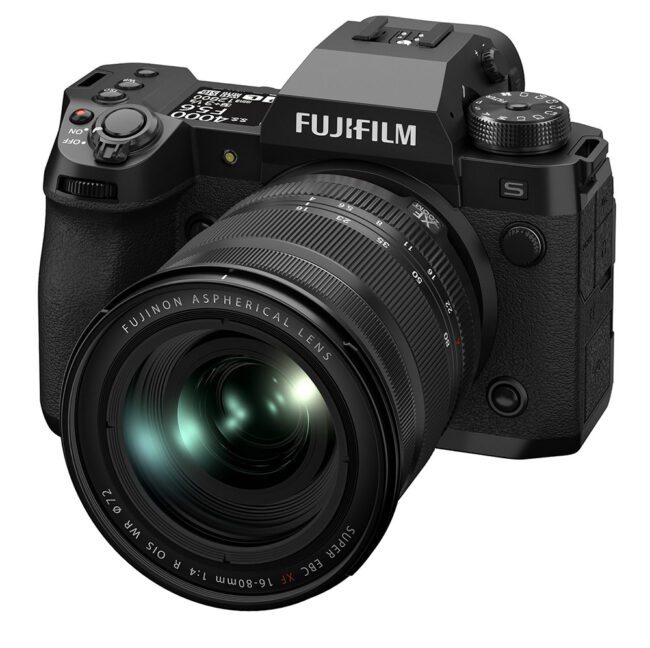
تعليق